The Best Celery Planting Companions
Title: The Best Celery Planting Companions
Introduction:
Celery is a delicious and versatile vegetable that can be enjoyed in a variety of dishes. But did you know that the plants you grow it near can also have a big impact on its flavor and growth?
That's where companion planting comes in. Companion planting is the practice of planting certain types of plants together to benefit each other. By planting celery with the right companion plants, you can help to deter pests, improve the flavor of your celery, and even boost its growth.
In this blog post, we'll take a look at some of the best celery planting companions. We'll also discuss some of the plants that you should avoid planting near celery.
Main Content:
What are companion plants?
Companion plants are plants that benefit each other when they are grown together. There are many different types of companion plants, and they can provide a variety of benefits. For example, some companion plants can help to deter pests, while others can improve the flavor of a vegetable.
Why should you plant celery with companion plants?
There are a few reasons why you should plant celery with companion plants. First, companion plants can help to deter pests. Celery is a popular target for pests such as aphids, cabbageworms, and slugs. By planting celery with companion plants that repel these pests, you can help to protect your celery crop.
Second, companion plants can improve the flavor of celery. Some companion plants, such as tomatoes and chives, have strong scents that can mask the smell of celery and make it more flavorful.
Third, companion plants can boost the growth of celery. Some companion plants, such as beans and peas, fix nitrogen in the soil, which can help to improve the growth of celery.
What are the best celery planting companions?
There are many different plants that can be planted with celery. Some of the best celery planting companions include:
- Alliums: Alliums, such as onions, garlic, and chives, have strong scents that can repel pests. They can also improve the flavor of celery.

- Beans: Beans fix nitrogen in the soil, which can help to improve the growth of celery. They can also provide shade for celery, which can help to protect it from the sun.
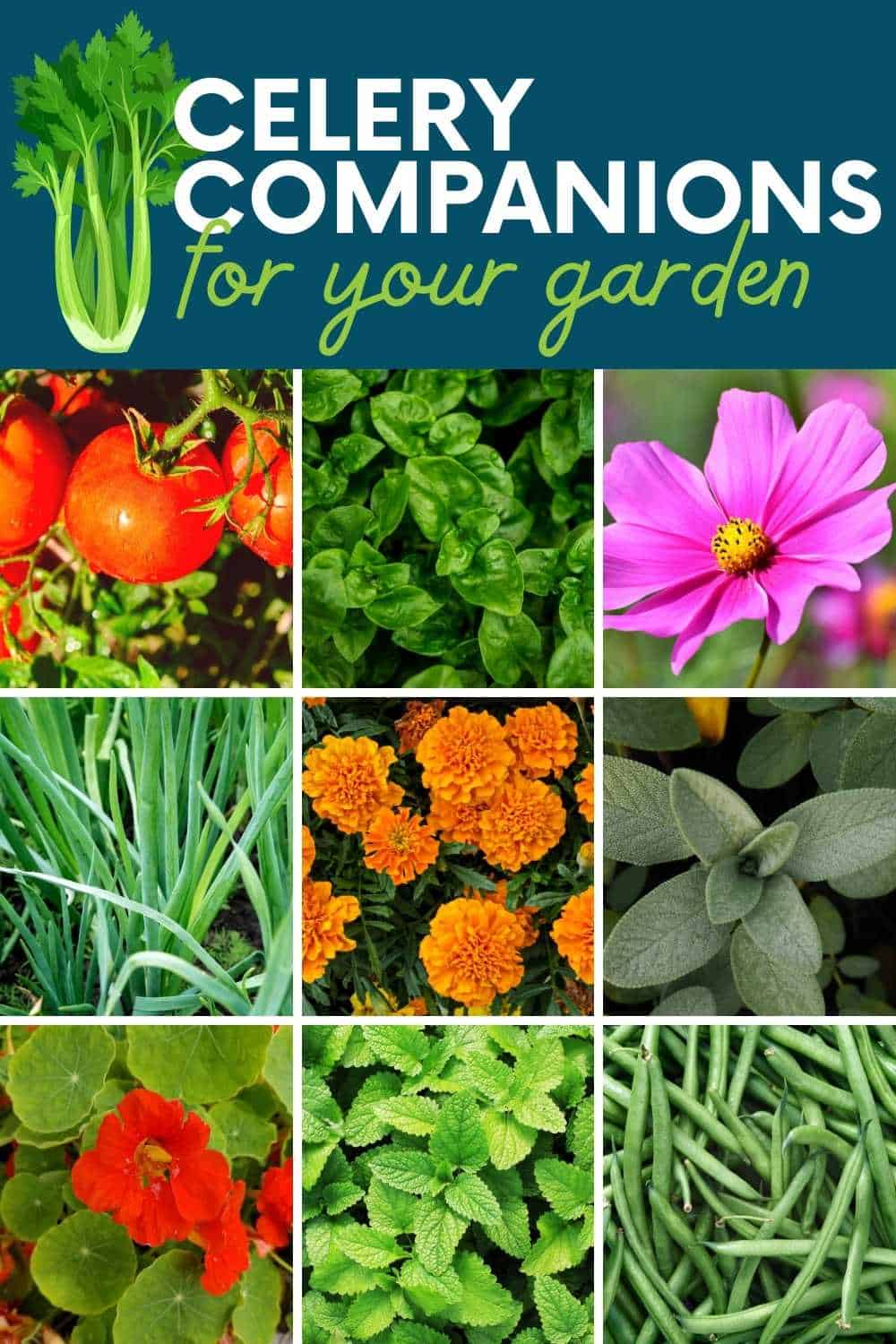
- Cabbage family: Members of the cabbage family, such as broccoli, cauliflower, and Brussels sprouts, can help to deter pests. They can also provide shade for celery, which can help to protect it from the sun.
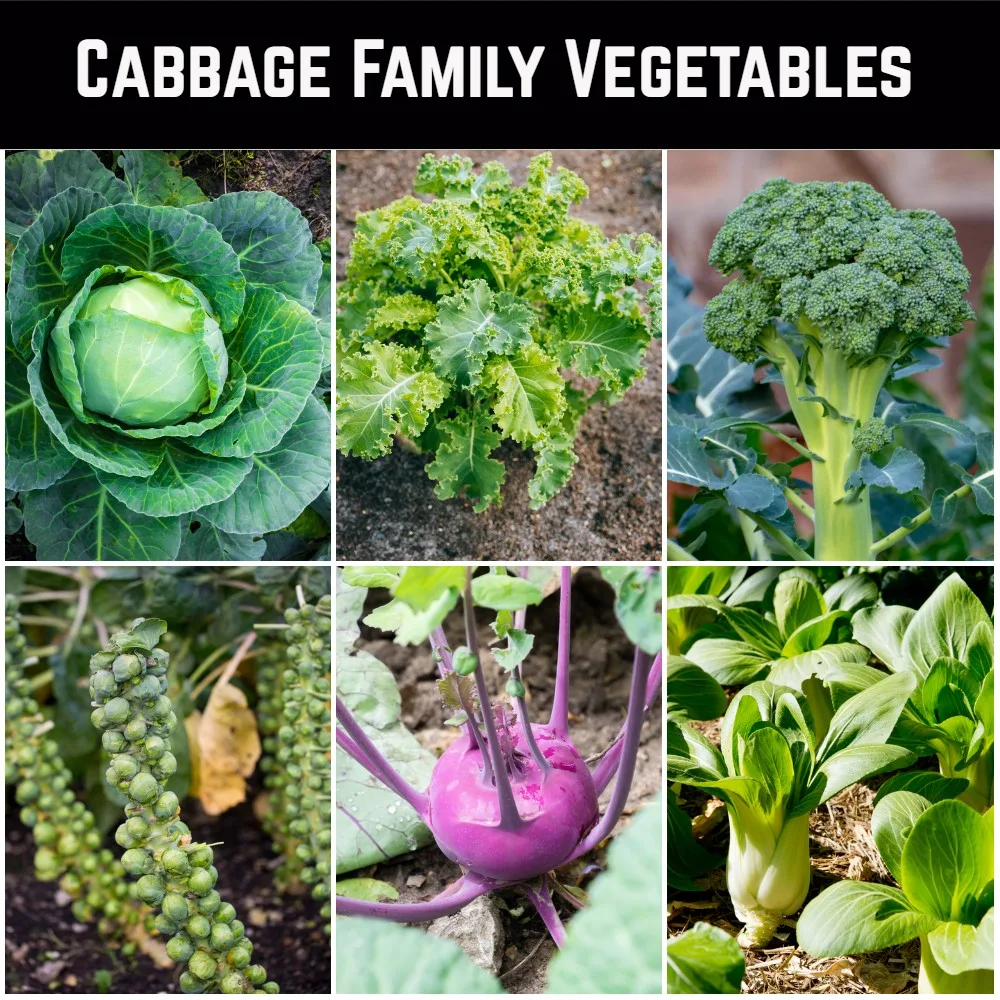
- Herbs: Many herbs, such as mint, dill, and oregano, have strong scents that can repel pests. They can also improve the flavor of celery.

- Lettuce: Lettuce is a low-growing plant that can help to suppress weeds around celery. It can also provide shade for celery, which can help to protect it from the sun.
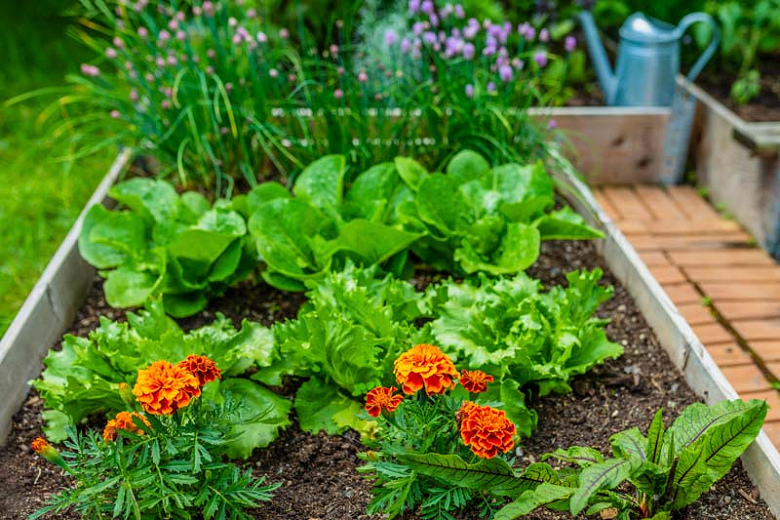
- Spinach: Spinach is a low-growing plant that can help to suppress weeds around celery. It can also provide shade for celery, which can help to protect it from the sun.
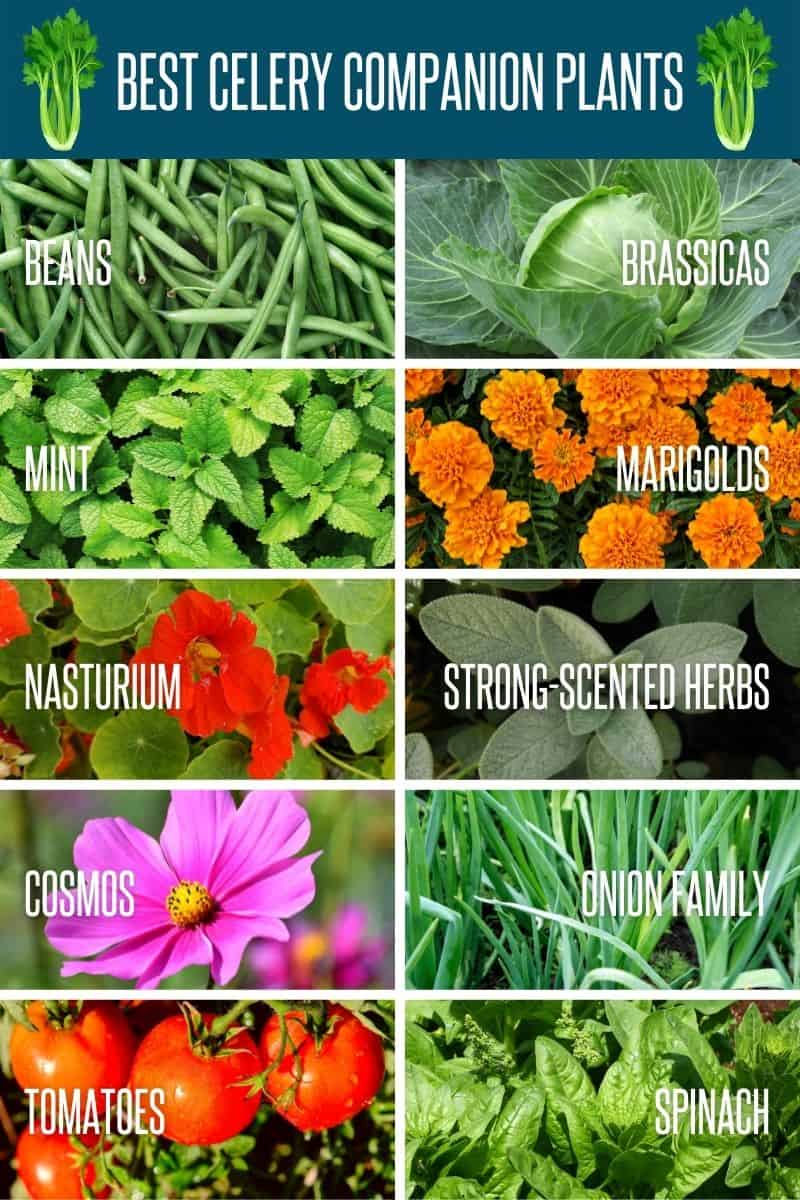
What plants should you avoid planting near celery?
There are a few plants that you should avoid planting near celery. These plants include:
- Carrots: Carrots are part of the same family as celery, and they can attract the same pests.

- Corn: Corn is a heavy feeder, and it can compete with celery for nutrients.

- Parsley: Parsley is also part of the same family as celery, and it can attract the same pests.

- Turnips: Turnips are a root vegetable, and their roots can be damaged by celery roots.
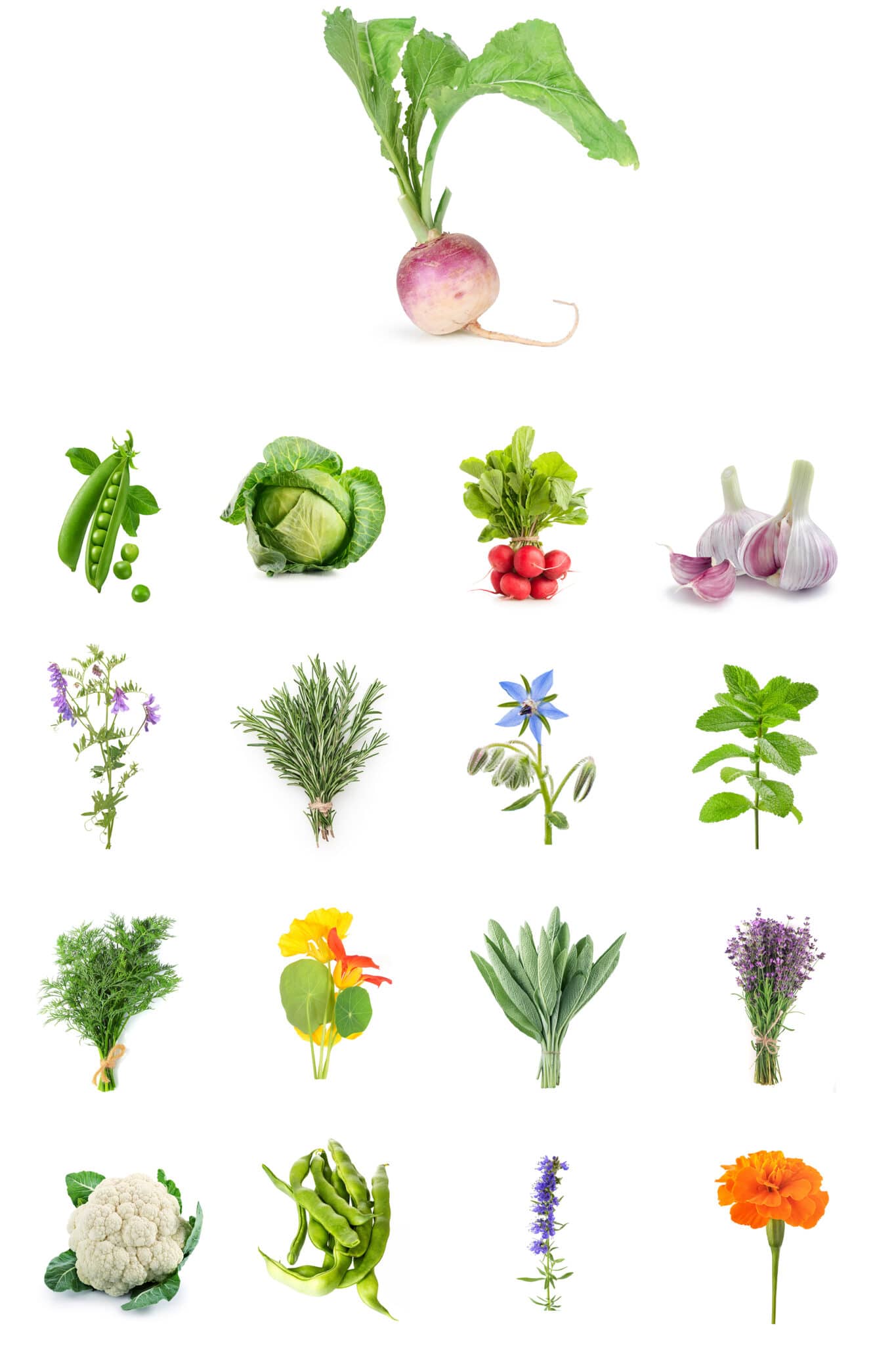
Conclusion:
By planting celery with the right companion plants, you can help to deter pests, improve the flavor of your celery, and even boost its growth. So next time you're planting celery, be sure to consider some of the plants listed above.
Celery is a delicious and versatile vegetable that can be grown in many different climates. But did you know that there are certain plants that can help to improve the growth and flavor of celery? These are known as companion plants, and they can provide a number of benefits, such as attracting beneficial insects, repelling pests, and improving soil quality.
Some of the best companion plants for celery include:
- Alliums: Onions, garlic, leeks, and chives all have strong scents that can repel pests, such as aphids and cabbage worms.
- Herbs: Mint, sage, dill, and oregano can also help to repel pests, and they can also improve the flavor of celery.
- Flowers: Marigolds, nasturtiums, and cosmos can all help to attract beneficial insects, such as ladybugs and hoverflies, which can help to control pests.
For more information about celery planting companions, please visit Home Gardening.
FAQ of celery planting companions
Q: What are some good companion plants for celery?
A: Some of the best companion plants for celery include:
- Alliums: Onions, garlic, chives, and leeks are common members of the allium family. Their strong scents help to repel pests that target celery, such as aphids, carrot flies, and cabbage loopers.
- Beans: Celery can help to repel bean beetles and whiteflies from your beloved bean plants.
- Cucumbers: Cucumbers and celery have similar growing requirements and can help to shade each other from the sun.
- Herbs: Strong-scented herbs, such as mint, dill, and chamomile, can help to repel pests and attract beneficial insects.
- Marigolds: Marigolds have a strong scent that deters pests, such as nematodes and root aphids. They can also help to attract beneficial insects, such as ladybugs and lacewings.
- Nasturtiums: Nasturtiums have a peppery scent that deters pests, such as aphids and cabbage loopers. They can also help to attract beneficial insects, such as ladybugs and lacewings.
Q: What plants should I avoid planting near celery?
A: There are a few plants that you should avoid planting near celery, as they can compete for resources or attract pests. These plants include:
- Carrots: Celery and carrots are both susceptible to the same pests, so planting them together can increase the risk of infestation.
- Potatoes: Potatoes and celery both have shallow roots, so planting them together can lead to root competition.
- Squash: Squash plants can shade out celery, stunting its growth.
Q: How do companion plants benefit celery?
A: Companion plants can benefit celery in a number of ways, including:
- Reducing pest pressure: Many companion plants have strong scents that deter pests, such as aphids, carrot flies, and cabbage loopers.
- Attracting beneficial insects: Some companion plants, such as marigolds and nasturtiums, attract beneficial insects, such as ladybugs and lacewings, which can help to control pests.
- Providing shade: Some companion plants, such as cucumbers and tomatoes, can provide shade for celery, which can help to protect it from the hot sun.
- Improving soil quality: Some companion plants, such as legumes, can fix nitrogen in the soil, which can benefit celery's growth.
Image of celery planting companions
- Bush beans: Bush beans are a great companion plant for celery because they help to repel bean beetles.

- Cabbage, cauliflower, broccoli, and Brussels sprouts: These brassicas help to deter pests from celery, and they also benefit from the shade provided by the celery stalks.

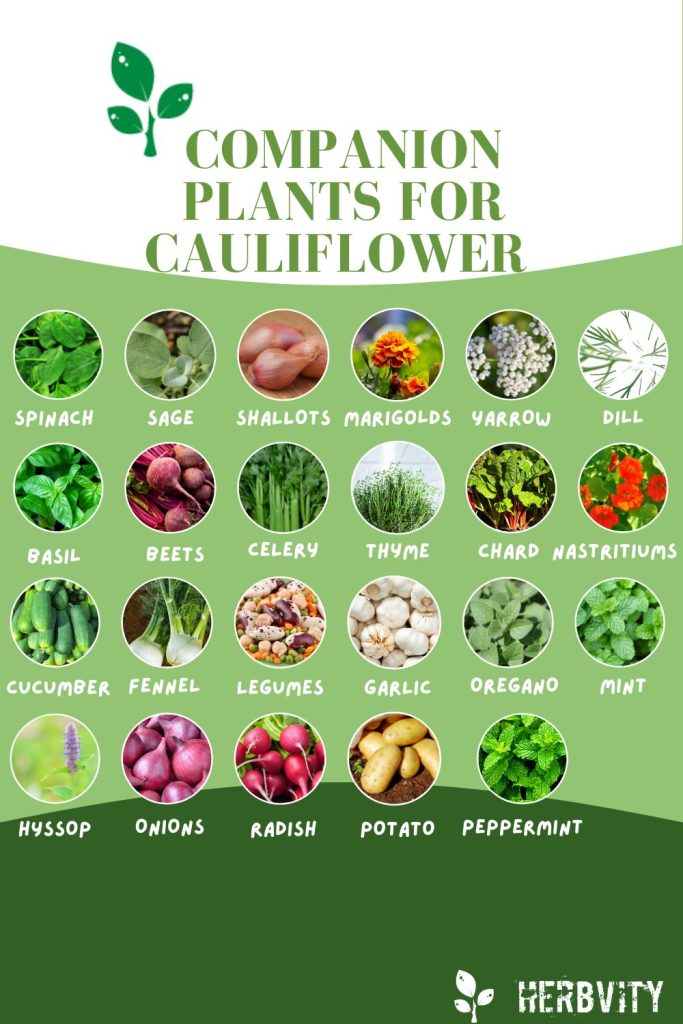

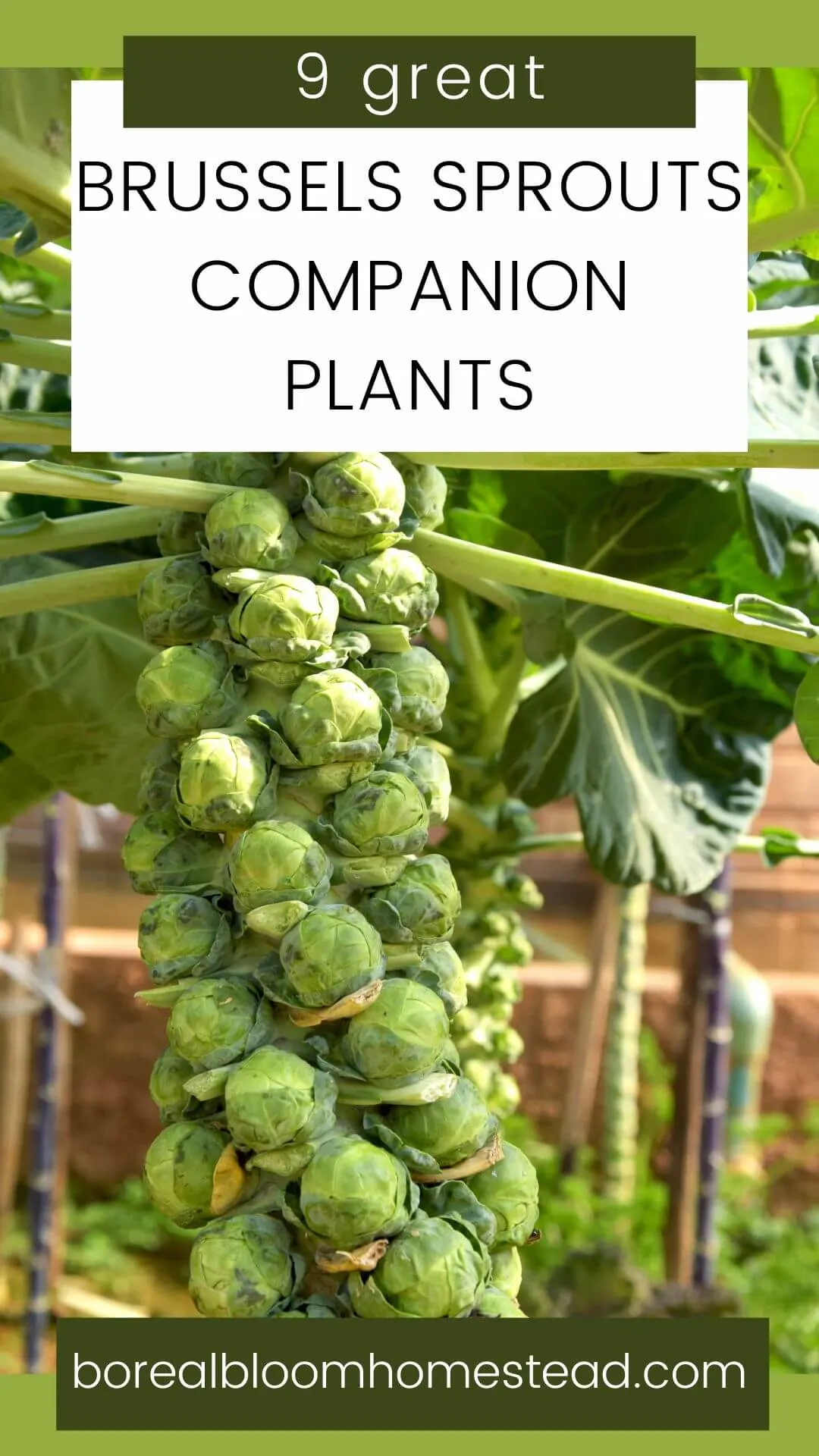
- Onions, leeks, shallots, garlic, chives, and other alliums: Alliums help to repel pests from celery, and they also add flavor to the celery when they are harvested together.





- Spinach: Spinach is a good companion plant for celery because it helps to suppress weeds.

- Tomatoes: Tomatoes help to attract beneficial insects to the garden, which can help to control pests that would otherwise bother celery.

- Cucumbers: Cucumbers and celery can be planted together because they have similar growing requirements.

- Marigolds: Marigolds help to repel nematodes, which can be a problem for celery.

- Nasturtiums: Nasturtiums help to attract beneficial insects to the garden, which can help to control pests that would otherwise bother celery.

Post a Comment for "The Best Celery Planting Companions"